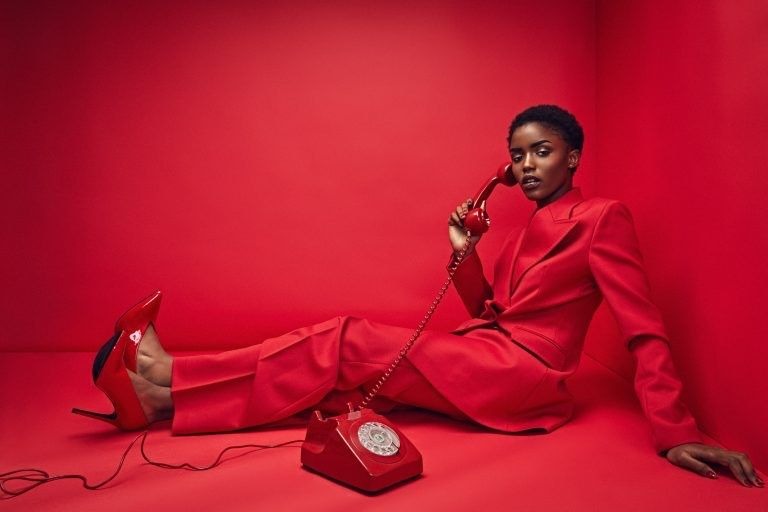The Art and Evolution of Fashion Photography
FASHION
6/24/20242 min read


Fashion photography, a captivating blend of artistry and commerce, has evolved significantly since its inception, shaping and reflecting cultural and societal trends. This genre, which sits at the intersection of art and fashion, has a profound impact on how we perceive style, beauty, and identity.
Historical Roots
Fashion photography began in the early 20th century with the rise of fashion magazines like Vogue and Harper’s Bazaar. Early fashion photographers, such as Baron Adolph de Meyer and Edward Steichen, sought to elevate the portrayal of clothing to an art form. They moved beyond simple documentation to create aspirational and sophisticated images, often influenced by the fine art movements of their time.
The Golden Age
The 1950s and 60s are often regarded as the golden age of fashion photography. Photographers like Richard Avedon, Irving Penn, and Helmut Newton brought a new level of creativity and innovation to the field. Avedon’s dynamic and expressive portraits, Penn’s meticulously composed still lifes, and Newton’s provocative and glamorous imagery each pushed the boundaries of what fashion photography could achieve.
During this period, fashion photography became a powerful tool for storytelling. Editorial spreads began to weave narratives that went beyond the garments themselves, reflecting the aspirations, dreams, and complexities of the era. This storytelling approach remains a cornerstone of contemporary fashion photography.
Technological Advancements
The transition from film to digital in the late 20th and early 21st centuries revolutionized fashion photography. Digital photography allowed for immediate feedback and more experimental approaches. Photographers could take more risks, knowing they could review and adjust their work in real-time. Additionally, advancements in editing software enabled more intricate post-production work, further expanding the creative possibilities.
Social media platforms, particularly Instagram, have also transformed the landscape. Fashion photography is no longer confined to glossy magazine pages but is now accessible to a global audience in real-time. Influencers and independent photographers can build their brands and reach millions, democratizing the field.
Contemporary Trends
Today, fashion photography continues to evolve, influenced by broader cultural shifts and technological advancements. There is a growing emphasis on diversity and inclusion, reflecting a more comprehensive range of beauty and identity. Photographers like Tyler Mitchell, the first Black photographer to shoot a Vogue cover, and Petra Collins, known for her dreamy, intimate portraits, are at the forefront of this movement.
Sustainability is another significant trend shaping fashion photography. As the fashion industry grapples with its environmental impact, photographers are increasingly creating work that highlights sustainable practices and materials. This includes collaborations with eco-conscious brands and the use of natural settings to emphasize a connection with the environment.
The Art of Fashion Photography
At its core, fashion photography is about capturing the essence of style and beauty through the lens of creativity and vision. Successful fashion photographers possess a keen eye for detail, a deep understanding of light and composition, and the ability to communicate a story or mood. They collaborate closely with designers, stylists, makeup artists, and models to create cohesive and compelling images.
Fashion photography is also about pushing boundaries and challenging norms. Iconic fashion photographs often provoke thought, evoke emotions, and inspire change. Whether it’s through bold color palettes, unexpected compositions, or powerful narratives, fashion photography remains a dynamic and influential art form.
Conclusion
Fashion photography has come a long way from its early days of simply documenting clothing. It is now a vital part of the fashion industry, shaping how we see and experience fashion. As it continues to evolve, it remains a powerful medium for expression, innovation, and cultural reflection. Through the lenses of today’s visionary photographers, fashion photography will undoubtedly continue to captivate and inspire us for generations to come.
